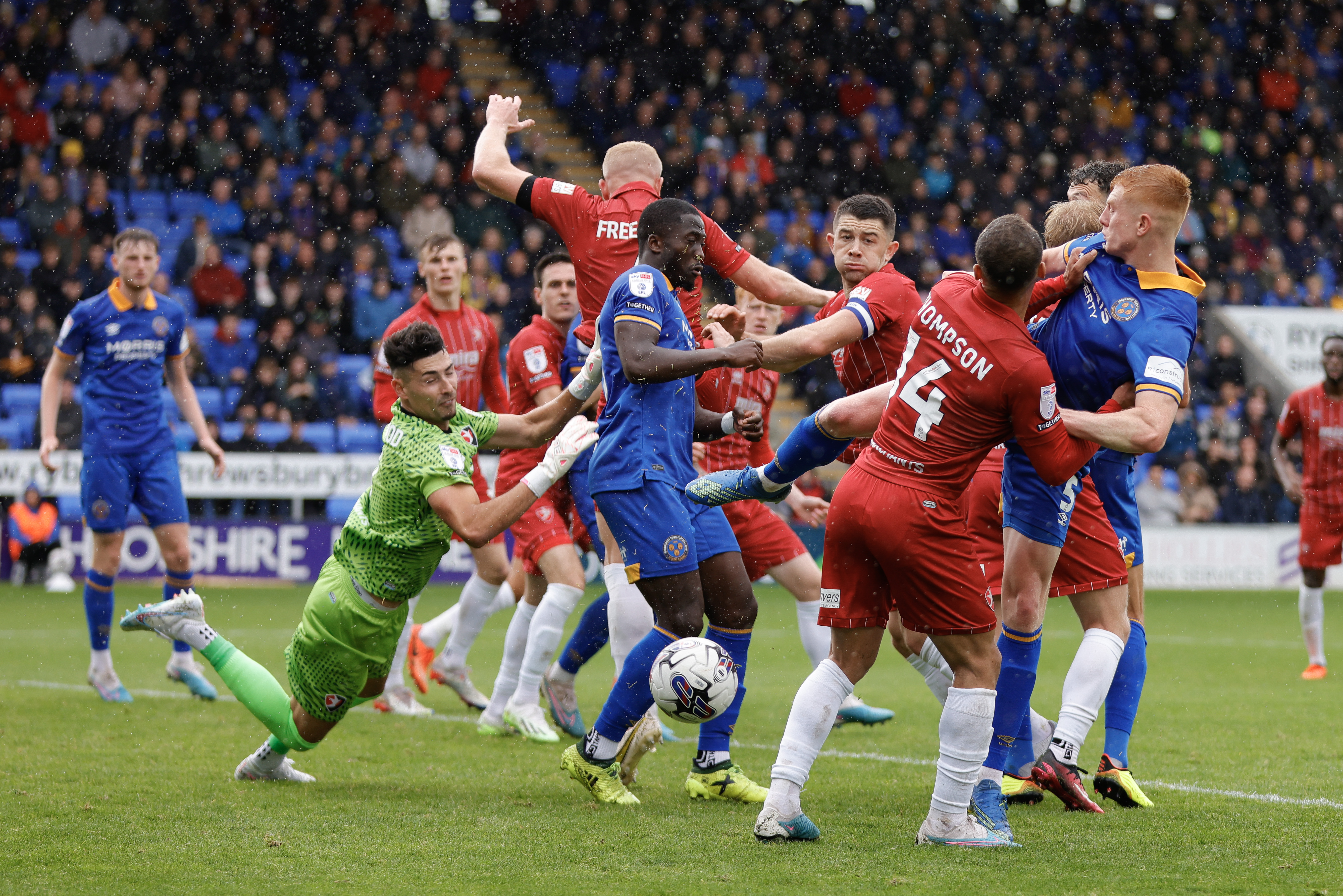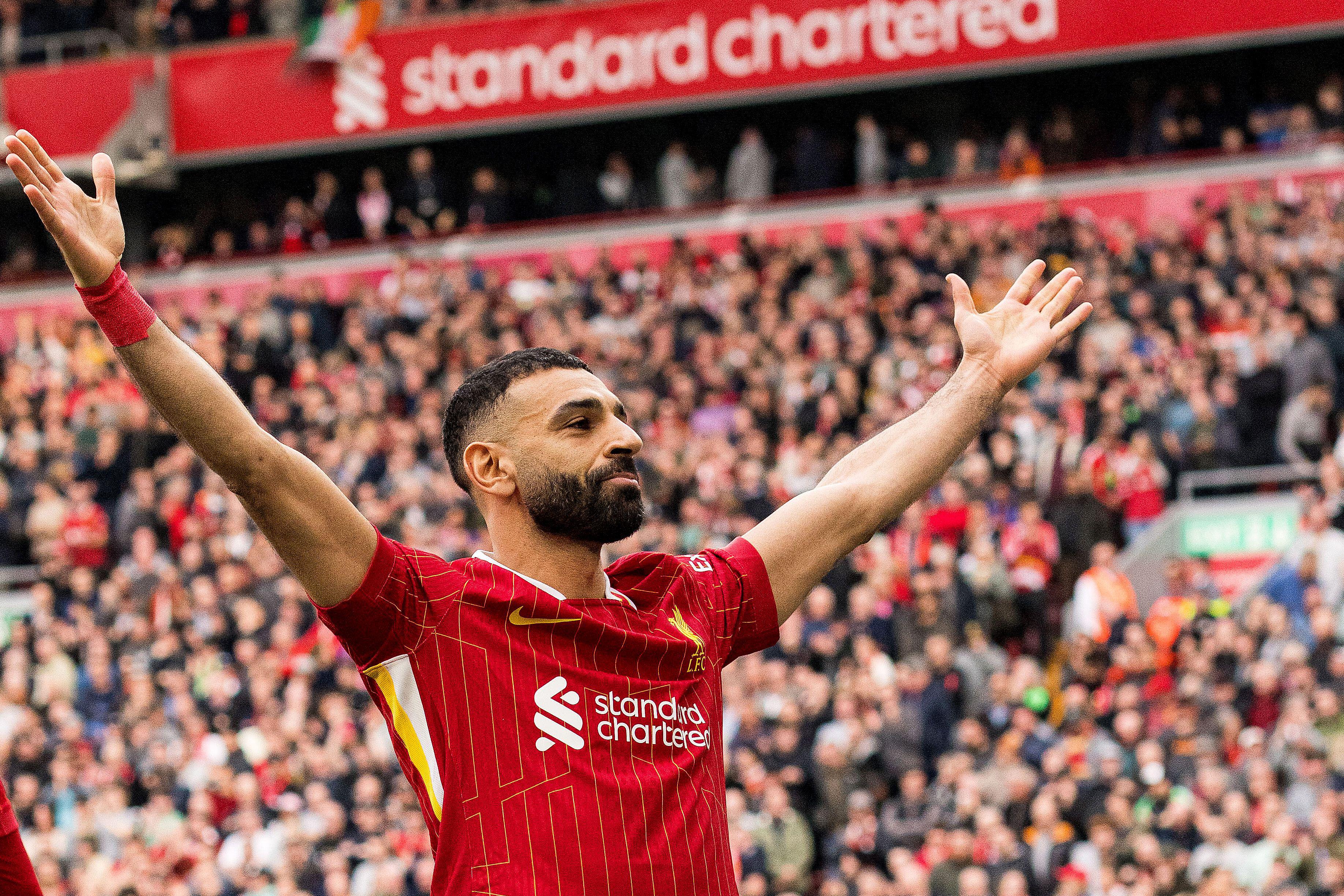What are the EFL squad rules for 2024/25? Loanee limits, home grown players and how many subs are allowed
Championship, League One and League Two clubs have rules to follow about their squads and who they can pick on a matchday

Fans of clubs who have changed divisions for the new season - or even just those who need a refresher a year on from the last time they thought about it whatsoever - may be curious to know the EFL's squad rules for 2024/25.
Each EFL club needs to stay within league criteria for the composition of their squads, which includes rules around numbers of loan players, home-grown players and under-21s.
Here's the current state of play for the 72 Championship, League One and League Two clubs, as spelt out in the 2024/25 EFL Handbook.
What are the EFL squad rules?

For now, let's talk about the overall squad size that needs to be registered for the season, rather than the matchday squad, which differs slightly.
Championship clubs can have squads of up to 25 players, of which a minimum of 8 need to be home grown (we'll come to what that means in a moment). For League One and League Two clubs, it's a maximum of 22 players, of which at least 8 need to be home grown.
On top of that, you're allowed as many under-21 players as you like in League One and League Two squads, whether they're loanees or your own youngsters, because those players don't need to be registered to the squad list to be eligible to play. You don't need to register goalkeepers of any age in Leagues One and Two, either, so they don't count towards the 22-player squad maximum.
In the Championship, you're allowed an unlimited amount of under-21s on permanent contracts without registering them, but you would need to register any loanees among your 25 players, even if they're under-21s. Unlike the lower tiers, goalkeepers over the age of 21 also have to be registered as part of the 25-man squad in the Championship.
Get FourFourTwo Newsletter
The best features, fun and footballing quizzes, straight to your inbox every week.
After the closure of the summer transfer window, every club needs to have at least one 'club developed' player in their squad.
You can have as many loanees in the overall squad as you want, but can only name up to five of them in any given matchday squad. You're also not allowed to loan more than four players from any one club during a season, of which only two can be aged over 23.
What qualifies as home grown, club developed and under-21 in the EFL?
For a player to be considered home grown by the EFL, they don't necessarily need to be British (they can be any nationality) or to have been trained by that specific club.
All that is required to qualify as home grown is to have been registered with any club affiliated to the FA or the FA of Wales for at least three seasons or 36 months prior to their 21st birthday (or the end of the season they turn 21). We can't see anything to say loanees are excluded from counting as home grown players.
Their definition of 'Under 21' this season is very simply defined as 'any player born on or after January 1 2004'.
A club developed player is any player who was at the club for 'at least 12 months prior to the end of his Under 19 season'; basically, anyone who was signed to the club for at least a year as a teenager (even if they were out on loan).
What are the EFL's matchday squad rules?

In all three EFL leagues, clubs have to name at least seven home grown players among their matchday squad for any one game.
Clubs also need to name at least one club developed player in their matchday squad; if they don't, they must name one fewer player on their bench.
As we touched on earlier, a maximum of five loanees can be named in any one matchday squad - or four, if one of them is an emergency goalkeeper loan.
Breaking any of these rules can lead to sanctions against the club.
What are the EFL substitution rules? How do concussion subs work?
In the Championship, the maximum bench size is nine. In Leagues One and Two, it's a bench of seven.
In all three EFL leagues, you can make up to five substitutions during a game, but have to do them across three 'opportunities' (basically, stoppages in play) per side.
That means that if you make one sub each in, say, minutes 60, 65 and 70, you've used all your possible opportunities and can't make any more substitutions, even though you've only sent on three of your possible five subs. Half time doesn't count as an 'opportunity', however.
If a player gets injured or 'otherwise incapacitated' before kick-off - whether they're a starter or a sub - they can be replaced. This can include replacing an injured starter with a substitute and calling up a different player to fill out the bench.
Concussions substitutions are in effect in the EFL, so if someone needs taking off under the concussion protocols, it does not count towards either your five substitutions or your three opportunities to make a change.
If a side makes a concussion substitution, the opposition are also granted an additional substitution that they can use as they see fit. That rule is there to prevent abuse of the concussion substitute rule.
More EFL stories
The death of the Saturday 3pm kick-off or brave new world? EFL enters Sky Sports+ era with massive implications for fans
Fantasy EFL game launched - how it works and what you can win
Steven Chicken has been working as a football writer since 2009, taking in stints with Football365 and the Huddersfield Examiner. Steven still covers Huddersfield Town home and away for his own publication, WeAreTerriers.com. Steven is a two-time nominee for Regional Journalist of the Year at the prestigious British Sports Journalism Awards, making the shortlist in 2020 and 2023.

